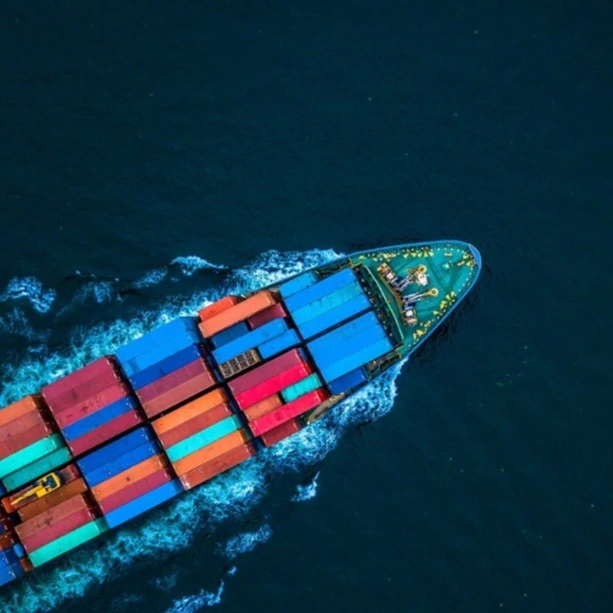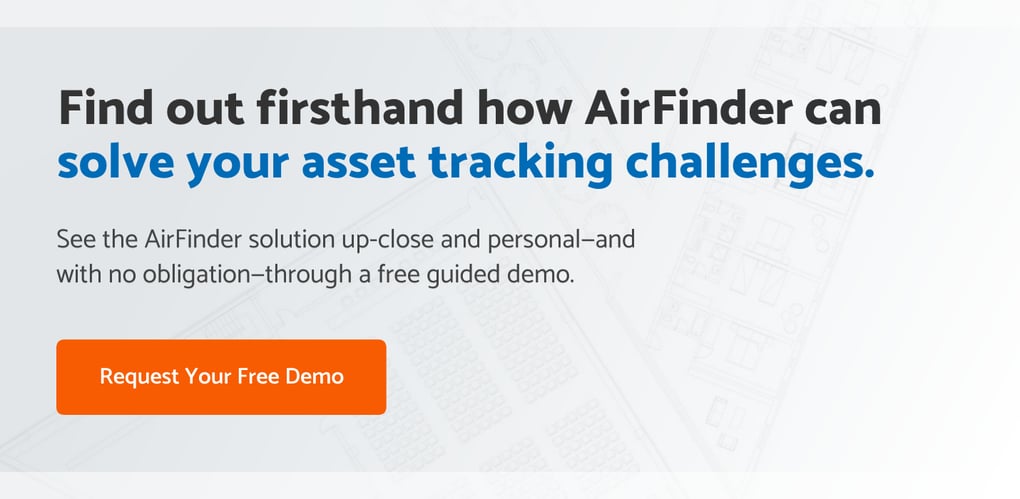If you’re a liner company or a business that ships its products overseas, you’re probably all too familiar with what can happen when a group of containers goes “dark” once it sets off overseas: One or more containers that were thought to have been on the ship aren’t, and by the time you learn about it, there’s nothing you can do. Or, a container is mistakenly offloaded at the wrong port, setting back the delivery time by several months.
The shipping process is filled with uncertainties. Until now, most containers could be tracked only with paperwork and barcodes, which were scanned and entered into logistics management systems. But that method doesn’t tell the whole story. It can’t tell for certain if a container is on a ship or at a depot at any given time, nor does it provide the time a container began its journey or when it arrived at its destination. That’s where shipping container tracking comes in. Enabled by Internet of Things (IoT) technology, shipping container tracking fills in the gaps where bar code scanning falls short. It can confirm your containers’ whereabouts at all times, and even give you real-time information about storage and transport conditions.
IoT Technology Used In Shipping Container Tracking
Shipping container tracking technology is made up of three things: sensors, connectivity, and the application. Sensors make it possible to know the location of your containers, and the connectivity piece—which is particularly difficult when at sea—transmits that location data back to an application. Often shipping companies will pull the location data out of an API and put it into their logistics platform, where the data can be analyzed.
Different tracking solutions combine these three elements in different ways. The solution you use should give you the kind of data you need at the right price—do you need to know exactly where the container is on the ship, for example, or just confirm its presence there?
Sometimes shipping container tracking is done using GPS-enabled sensors, which rely on satellites to deliver precise placement information. These sensors are attached to the exterior of the containers and periodically get a GPS fix; they then send that location data to the application via satellite.
The downsides of a solution like this: these types of GPS tracking devices cost hundreds of dollars, and the cost of sending data out via satellite service is also fairly high (in the ballpark of $10 a month per container). GPS-based tracking systems are also power-hungry, which means they have shorter battery lives than other solutions. (Sensor battery life is one of the main challenges in shipping container tracking.)
How AirFinder Shipping Container Tracking Technology Works
If you don’t need to know a container’s precise location on the ship, other tracking options are more cost-effective. AirFinder’s Bluetooth (BLE) low energy proximity sensing takes a novel approach to tracking—one that delivers location accuracy at a fraction of the cost of other solutions. Unlike other tracking systems, our solution doesn’t give a GPS location on every container. Instead, we use BLE to detect the presence of containers in depots and on ships so you know roughly where they are—and if they are where they should be.
Here’s how it works: A low-cost Bluetooth-based tracking tag is placed on every shipping container. The depot or ship has BLE access points that read the tags nearby. Connected via cellular, that access point reports the location associated with that tag on the ship, confirming its presence.
The advantages of this type of container tracking system:
- At $1 per month per container, the cost is significantly less than GPS-based systems. Additionally, the cost of the hardware is also significantly less than you’ll pay for GPS-based tracking applications, ranging from $10 to $20 instead of $50 to $300 for GPS.
- The battery life is far greater than GPS-based systems. Using a technology like Bluetooth on your container tracking modules, the battery could last three or more years as opposed to a matter of months. That’s because short-range wireless devices need to transmit the signal only to a nearby receiver, whereas GPS devices have to send the signal to a satellite or cellular network.
Want to find out how AirFinder can help your organization implement shipping container tracking?
If you’re looking for an accurate, low-cost tracking solution and a partner who can help you navigate the complexities of shipping container tracking, talk to us. We’ve helped many companies implement IoT tracking in a way that suits their goals and budgets, and we can help you do the same. Or, if you just have questions about container tracking and the IoT technology associated with it, we’re always happy to answer them.





